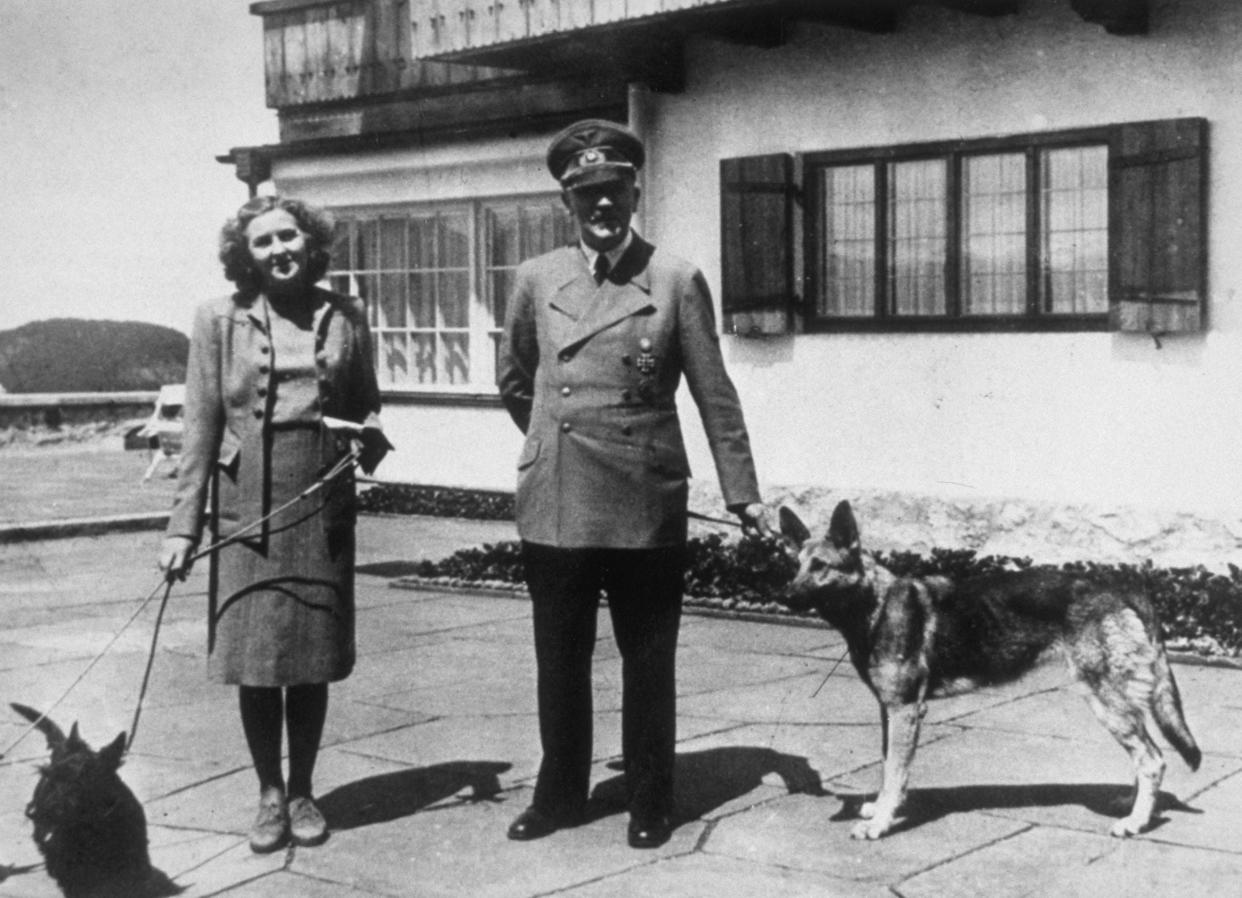German man forced to remove statue of dead father after complaints it resembled Hitler

Authorities in a town in Germany have ordered a statue erected by a man in honour of his late father to be removed following complaints that it closely resembled Adolf Hitler.
The wooden figure, which was positioned in a cemetery in the town of Weil im Schönbuch in the southwest state of Baden-Württemberg, featured the number ‘88’ on the chest – the numerical code for Heil Hitler since H is the eighth letter in the alphabet.
An investigation has been launched into the life-size statue of a man named by German newspaper Bild as Ewald E, a carpenter who died in 2013.
Bürgermeister lässt Skulptur entfernen - Friedhofs-Zoff um diesen Holz-Hitler https://t.co/3jOkmHWh55
— BILD News (@BILD_News) July 25, 2021
His son Oliver, now 51, unveiled the wooden figure earlier this month. But soon afterwards the town’s mayor, Wolfgang Lahl, began receiving complaints.
“Within a few days I received half a dozen complaints from worried citizens about the wooden figure,” he said.
The statue was subsequently removed but the son insisted the ‘88’ was a reference to his father’s house door number.
Hs lawyer told Bild: “Mr. E is not a Nazi. His father was a cashier at a football club for 30 years.”
Police said the investigation concerned the alleged use of symbols relating to unconstitutional organisations.
“We know who owns this, but we don’t yet know what’s behind it,” a police spokesman told German outlet T-Online.
Germany bans public displays of Nazi symbology including swastikas and SS sig runes or Nazi salutes and statements such as “Heil Hitler”.
In 2019, several German churches were accused of using bells bearing the swastika and Nazi inscriptions.
The Evangelical Church in Thuringia was accused of violating the country’s ban on the use of Nazi symbols by using six bells in five churches, including on Holocaust Remembrance Day, Die Welt reported.
A spokesman for the church told the KNA news agency the inscriptions could be removed, but such action would need to be reconciled with rules on the preservation of historical monuments.

